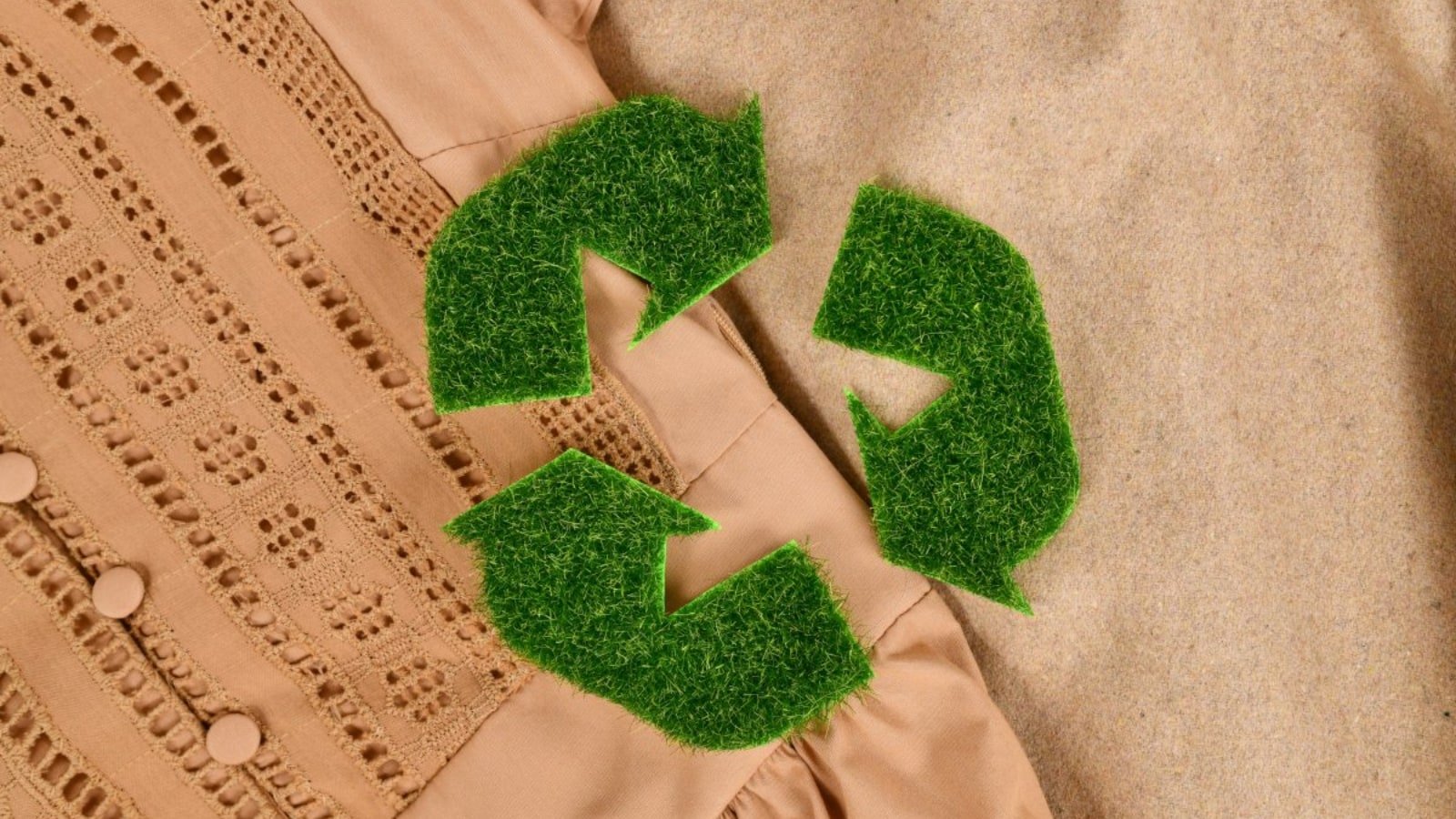Last Updated:June 02, 2025, 16:39 IST
As the fashion industry grapples with climate concerns, innovation, ethics, and comfort take center stage. Two changemakers decode what’s next.
Whether it’s through zero-impact gemstones or adaptive smartwear, the next five years promise a sartorial revolution rooted in purpose, powered by change.
By 2030, what we wear won’t just reflect our style, it will mirror our values. Fashion, long criticized for its environmental footprint, is in the midst of a transformative shift. From lab-grown luxury to the rise of climate-conscious comfortwear, sustainability is no longer a niche, it’s the new norm.
“Consumers today are more conscious than ever; they want luxury without compromise,” says Devangi Nishar Parekh, Managing Director, Aza Fashions and Araiya by Aza. “Sustainability is no longer a trend — it’s a necessity.” At Aza, which has long been a curator of India’s most coveted designer labels, this belief has led to meaningful innovation. With Araiya by Aza, a fine jewellery brand featuring lab-grown diamonds, Parekh is spearheading a new era of mindful opulence.
“Lab-grown diamonds are chemically identical to mined ones,” she explains, “offering the same brilliance and durability but with a significantly lower environmental impact.” For Parekh, the goal is clear: to redefine modern luxury, fusing elegance with ethics. “With Araiya, we aim to ensure every piece reflects innovation, transparency, and deep care for our planet. To me, this marks the natural next chapter not just for Aza, but for the future of fashion itself.”
While luxury gets a conscious makeover, the everyday wardrobe is being reimagined too. For Stuti Dhanuka, whose label Terra Luna blends style with sustainability, the biggest disruptors in the coming years will be comfort and conscious materials. “Fashion is finally moving away from vanity trumping comfort,” she notes. “Athleisure has come in a big way and is now omnipresent from flights to cafés, even offices.”
At Terra Luna, the design philosophy is rooted in wearability: lightweight, breathable, versatile pieces that don’t compromise on sophistication. “We’re creating clothes that are chic enough for work or a party, but still feel like second skin,” says Dhanuka.
She also foresees techwear a fusion of functionality, technology, and street style—becoming mainstream. “Smart fabrics that respond to temperature, light, or weather will be a big trend,” she predicts. At the same time, a return to biodegradable materials, pre-owned clothing, and handmade textiles is inevitable, as individuals—not just governments—begin taking environmental action into their own hands.
In many ways, the future of fashion lies in balance: between innovation and tradition, aesthetics and ethics, comfort and couture. Whether it’s through zero-impact gemstones or adaptive smartwear, the next five years promise a sartorial revolution rooted in purpose, powered by change.

Swati Chaturvedi, a seasoned media and journalism aficionado with over 10 years of expertise, is not just a storyteller; she’s a weaver of wit and wisdom in the digital landscape. As a key figure in News18 Engl…Read More
Swati Chaturvedi, a seasoned media and journalism aficionado with over 10 years of expertise, is not just a storyteller; she’s a weaver of wit and wisdom in the digital landscape. As a key figure in News18 Engl… Read More
- First Published:
#Fashion #Years #Sustainable #Style



